In the rapidly evolving landscape of technology, enterprise AI stands out as a transformative force. However, as you delve into its implementation, you may encounter various bottlenecks that can hinder progress. These obstacles can range from technical challenges to human factors, and recognizing them is crucial for successful deployment.
Understanding these bottlenecks allows you to navigate the complexities of AI integration effectively. The journey toward harnessing the full potential of enterprise AI is not without its hurdles. You may find that, while the promise of AI is enticing, the reality often involves navigating a complex maze of challenges.
Identifying these bottlenecks early on can save time and resources, ensuring that your organization remains competitive in an increasingly data-driven world. Visit the iAvva AI App.
Key Takeaways
- For leaders aiming to capitalize on the agentic AI revolution, the path forward is becoming clear. While bottlenecks can hinder any enterprise AI implementation, recent findings show that the most significant obstacles are not what many first assumed. The focus must shift from overcoming perceived employee pushback to tackling a series of concrete technical and strategic challenges that determine success or failure.
- The most prominent of these hurdles is strategic. Concerns about data privacy and security, a lack of mature, validated AI products on the market, and a persistent inability to identify use cases with a clear return on investment (ROI) consistently rank as top barriers. This highlights a critical gap between AI’s vast potential and its current, practical application in the enterprise.
- Drilling deeper, the technical foundation itself presents two major roadblocks. First, data quality remains the Achilles’ heel of AI. Because the performance of any system is directly tied to the data it’s trained on, poor data quality inevitably leads to unreliable and inaccurate outputs—a classic case of “garbage in, garbage out.” This isn’t just a technical issue; it’s a strategic imperative. Without a solid data foundation, AI initiatives are destined to fail before they even begin.
- Second, infrastructure and integration are critical, not optional. Enterprise AI cannot operate in a vacuum; it requires robust systems and seamless integration with existing workflows. Many well-intentioned projects stall because legacy IT systems can’t handle modern AI workloads, or because new tools don’t connect smoothly with the software employees use every day. Overlooking the importance of a modern, integrated infrastructure is a common but critical mistake.
- This brings us to the human element. While people—from data scientists to business leaders- play a crucial role, the real “people problem” isn’t resistance. The primary challenge is workforce enablement, which involves equipping employees with the necessary skills to utilize AI effectively. The relentless pace of technological change, coupled with time constraints and a lack of training resources, creates a significant bottleneck. To overcome this, savvy organizations are launching pilot projects and identifying internal champions to demonstrate the benefits of AI and lead the charge from within.
- Success, therefore, hinges on a holistic approach. Leaders must invest in enterprise-grade platforms, get their data house in order, and commit to the continuous upskilling of their workforce. The window of opportunity is now open for companies that equip their teams with the right tools and training, positioning them to achieve new levels of efficiency, innovation, and growth.
The Role of People in Enterprise AI Implementation
People are at the heart of any successful AI initiative in an enterprise. As you embark on this journey, consider how your team’s skills and mindset can influence outcomes. The success of AI implementation hinges not just on technology but also on the people who wield it.
You need to foster a culture that embraces innovation and encourages collaboration among team members. Moreover, training and upskilling your workforce is essential. You may find that employees are hesitant to adopt new technologies due to fear or a lack of understanding.
By investing in education and fostering an environment where questions are welcomed, you empower your team to engage with AI with confidence. This human-centric approach can significantly reduce resistance and enhance overall performance.
Identifying Common Bottlenecks in Enterprise AI

As you explore the landscape of enterprise AI, you will likely encounter several common bottlenecks. One prevalent issue is the lack of clear objectives. Without a well-defined strategy, your AI initiatives may lack direction, leading to wasted resources and missed opportunities.
Establishing specific goals helps align your team and provides a roadmap for success. Another common bottleneck is data silos. You may find that different departments within your organization hoard data, making it difficult to access and analyze information comprehensively.
Breaking down these silos requires a concerted effort to promote data sharing and collaboration across teams. By fostering an open data culture, you can enhance the effectiveness of your AI initiatives.
The Impact of Data Quality on Enterprise AI Performance
| Data Quality Metric | Impact on Enterprise AI Performance |
|---|---|
| Accuracy | Higher data accuracy leads to more reliable AI predictions and decisions. |
| Completeness | Incomplete data can result in biased AI models and inaccurate insights. |
| Consistency | Inconsistent data can lead to conflicting AI outputs and reduced trust in the system. |
| Timeliness | Outdated data can impact the relevance of AI results and hinder real-time decision-making. |
| Relevance | Irrelevant data can lead to AI models producing irrelevant or misleading outcomes. |
Data quality is a critical factor in the success of enterprise AI. You might be surprised to learn that poor data quality can lead to inaccurate predictions and flawed insights. Ensuring that your data is clean, relevant, and up-to-date is paramount for effective AI performance.
Implementing robust data governance practices can help maintain high standards. Additionally, consider the importance of diverse data sources. Relying solely on internal data may limit your AI’s capabilities.
By incorporating external datasets, you can enrich your models and improve their accuracy. This holistic approach to data quality not only enhances performance but also drives better decision-making across your organization.
Understanding the Importance of Infrastructure in Enterprise AI
Infrastructure plays a vital role in supporting enterprise AI initiatives. As you assess your organization’s capabilities, consider whether your current infrastructure can handle the demands of AI workloads. Insufficient computing power or outdated systems can create significant bottlenecks, hindering progress.
Investing in scalable infrastructure is essential for future-proofing your AI efforts. Cloud solutions provide flexibility and scalability, enabling you to quickly adapt to changing needs. By leveraging modern infrastructure, you position your organization to harness the full potential of AI while minimizing disruptions.
Overcoming Integration Challenges in Enterprise AI

Integration challenges are another common hurdle in implementing enterprise AI. You may find that existing systems are not compatible with new AI technologies, leading to frustration and delays. To overcome these challenges, it’s crucial to adopt a strategic approach to integration.
Begin by conducting a thorough assessment of your current systems to identify potential compatibility issues. Collaborating with IT teams can help streamline the integration process and ensure that all components work seamlessly together. By prioritizing integration from the outset, you can avoid costly setbacks and accelerate your AI initiatives.
The Role of Leadership in Addressing Enterprise AI Bottlenecks
Leadership plays a pivotal role in addressing enterprise AI bottlenecks. As a leader, you set the tone for your organization’s approach to AI implementation. Your vision and commitment can inspire your team to embrace change and tackle challenges head-on.
Effective communication is key to overcoming resistance and fostering a culture of innovation. By articulating the benefits of AI and involving employees in the decision-making process, you create a sense of ownership that drives engagement. Your leadership can be the catalyst for breaking down barriers and propelling your organization toward successful AI adoption.
Leveraging Collaboration to Tackle Enterprise AI Bottlenecks
Collaboration is essential for overcoming enterprise AI bottlenecks. You may find that cross-functional teams bring diverse perspectives and expertise to the table, enhancing problem-solving capabilities. Encouraging cooperation between departments fosters a sense of unity and shared purpose.
Consider establishing regular meetings or workshops where team members can share insights and collaborate on brainstorming solutions together. By creating an environment that values collaboration, you empower your workforce to tackle challenges collectively, leading to more innovative approaches and successful outcomes.
The Need for Continuous Learning and Adaptation in Enterprise AI
In the fast-paced world of technology, continuous learning is vital for success in enterprise AI. You must recognize that the landscape is constantly evolving, and staying ahead requires a commitment to ongoing education and adaptation. Encourage your team to seek out new knowledge and skills related to AI technologies.
Implementing feedback loops can also facilitate continuous improvement. Regularly assess the performance of your AI initiatives and gather input from stakeholders to identify areas for enhancement. By fostering a culture of learning and adaptation, you position your organization to thrive in an increasingly complex and dynamic environment.
Addressing Ethical and Regulatory Considerations in Enterprise AI
As you navigate the complexities of enterprise AI, ethical and regulatory considerations must be at the forefront of your strategy. You may encounter challenges related to data privacy, algorithm bias, or compliance with regulations such as the GDPR or CCPA. Addressing these issues proactively is essential for building trust with stakeholders. Establishing clear ethical guidelines for AI use within your organization can help mitigate risks associated with bias or misuse of data.
Additionally, staying informed about regulatory changes ensures that your initiatives remain compliant with evolving standards. By prioritizing ethics and compliance, you not only enhance your organization’s reputation but also foster responsible AI practices.
Moving Forward in Enterprise AI Implementation
As you reflect on the journey toward successful enterprise AI implementation, it’s clear that addressing bottlenecks is crucial for progress. By recognizing the role of people, data quality, infrastructure, leadership, collaboration, continuous learning, and ethical considerations, you can navigate challenges effectively. Moving forward, embrace a proactive approach to identifying and addressing bottlenecks within your organization.
Foster a culture that values innovation and collaboration while prioritizing ethical practices. With these strategies in place, you position your organization for success in harnessing the transformative power of enterprise AI.
In the article “The Real Bottlenecks in Enterprise AI: Why People Aren’t the Problem,” it is highlighted that workforce resistance is actually the least significant barrier to implementing agentic AI. Instead, organizations are primarily constrained by a combination of technical, security, and infrastructural challenges. A related article that delves into the technical aspects of AI implementation is AI Chip Competition: Google’s TPU Strategy and Leadership Lessons. This piece explores how advancements in AI chip technology, such as Google’s TPU, are crucial for overcoming technical bottlenecks and driving successful AI transformations in enterprises.
FAQs
What are the primary barriers to implementing agentic AI in enterprises?
The primary barriers to implementing agentic AI in enterprises are technical, security, and ethical considerations. These factors pose significant challenges to the adoption and integration of AI systems within organizations.
How significant is workforce resistance in implementing agentic AI in enterprises?
Workforce resistance is actually the least significant barrier to implementing agentic AI in enterprises. While it may present some challenges, technical, security, and ethical considerations are the primary constraints for organizations.
What technical challenges are involved in implementing agentic AI in enterprises?
Technical challenges in implementing agentic AI in enterprises include the complexity of AI systems, integration with existing infrastructure, and the need for specialized expertise in AI development and deployment.
What security considerations are essential for implementing agentic AI in enterprises?
Security considerations in the implementation of agentic AI in enterprises include data privacy, protection against cyber threats, and ensuring the integrity and reliability of AI systems.
What ethical considerations are relevant to the implementation of agentic AI in enterprises?
Ethical considerations in the implementation of agentic AI in enterprises include issues related to bias, fairness, transparency, and accountability in AI decision-making processes. Organizations must address these ethical concerns to ensure the responsible and ethical use of AI technologies.
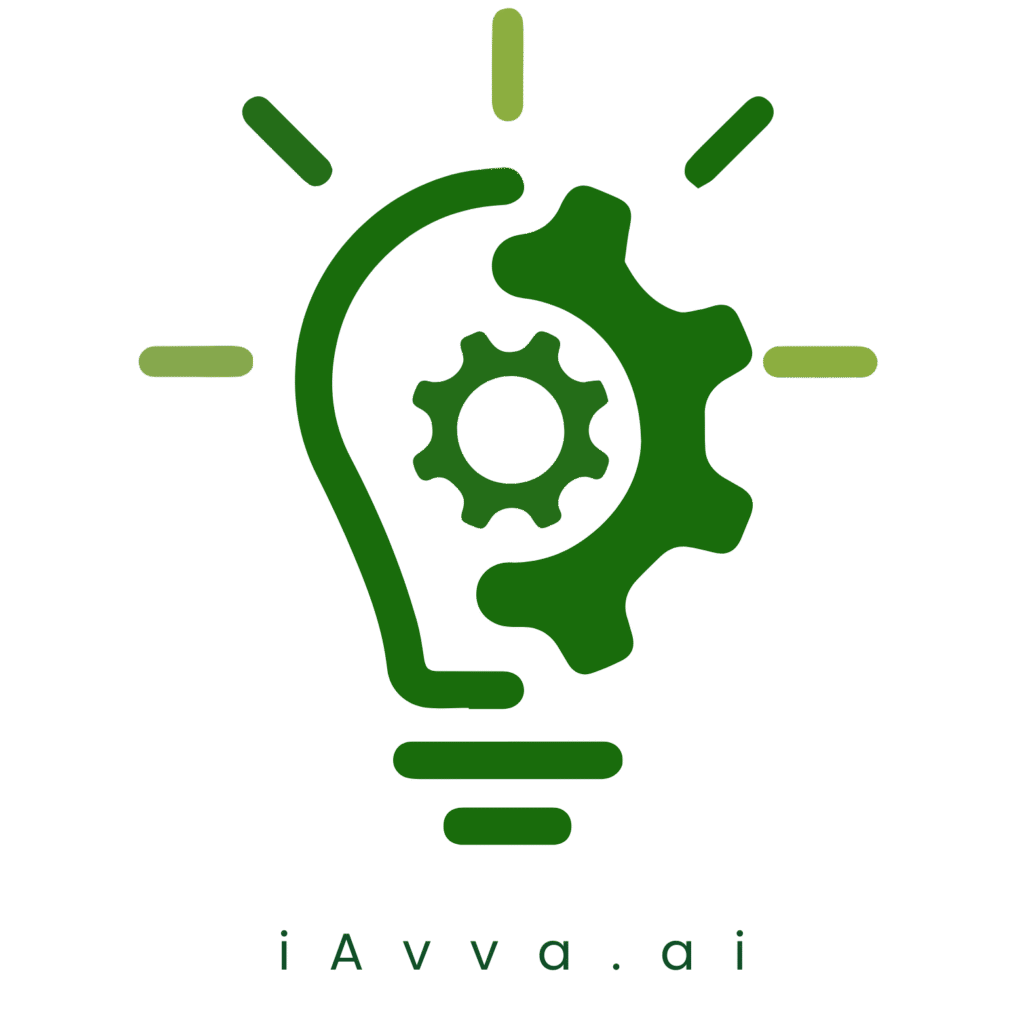

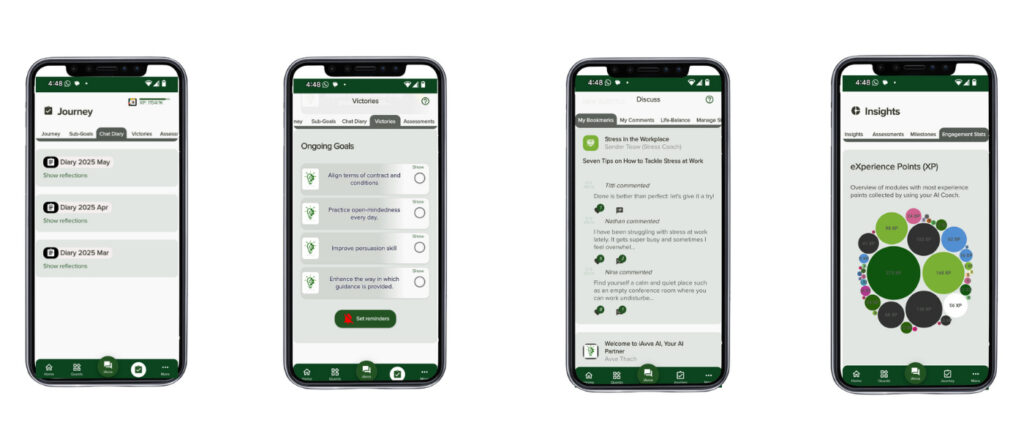



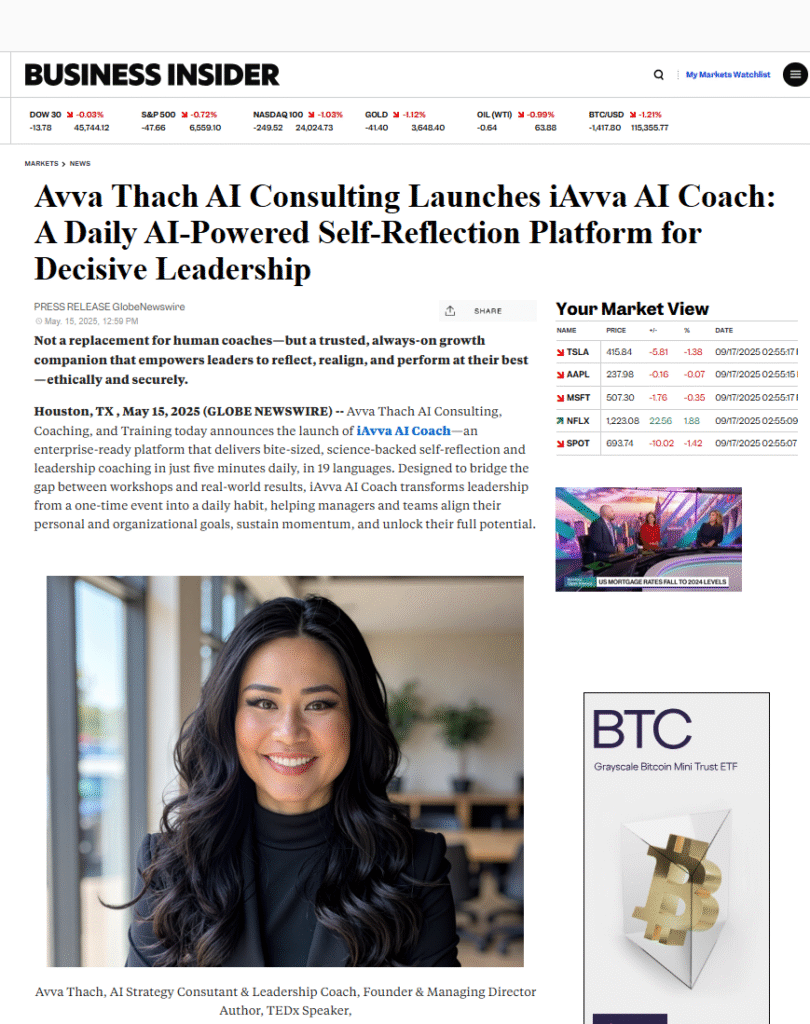
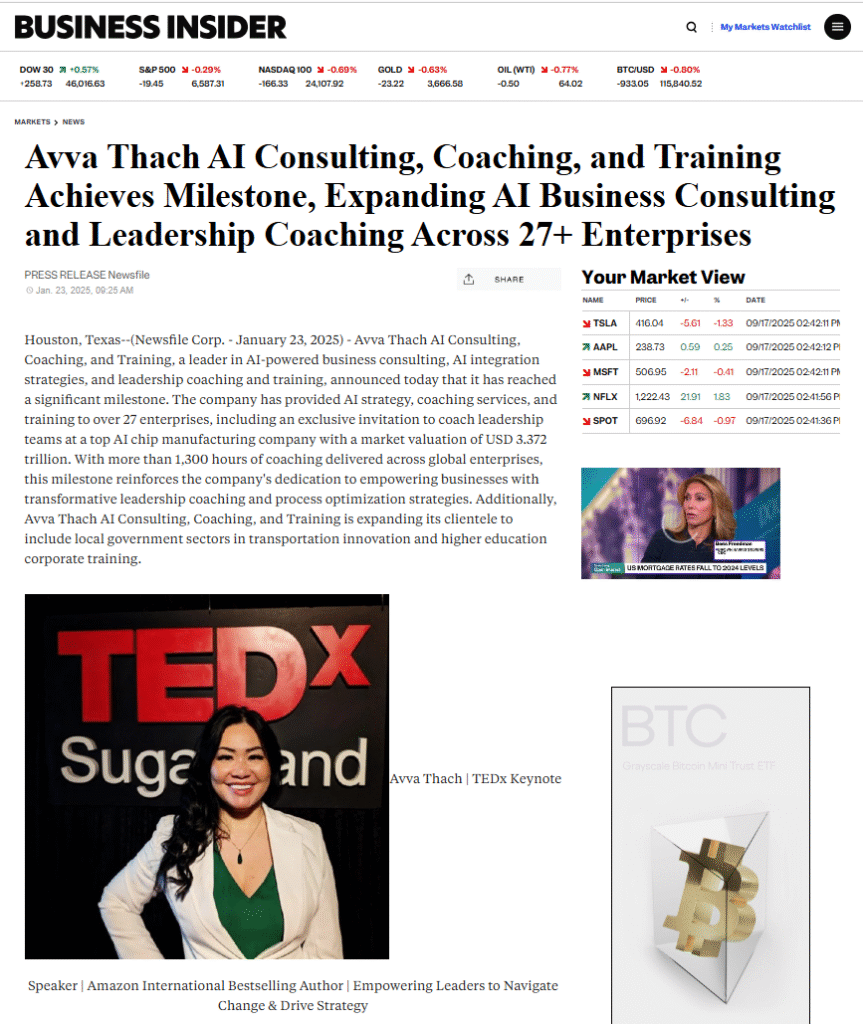








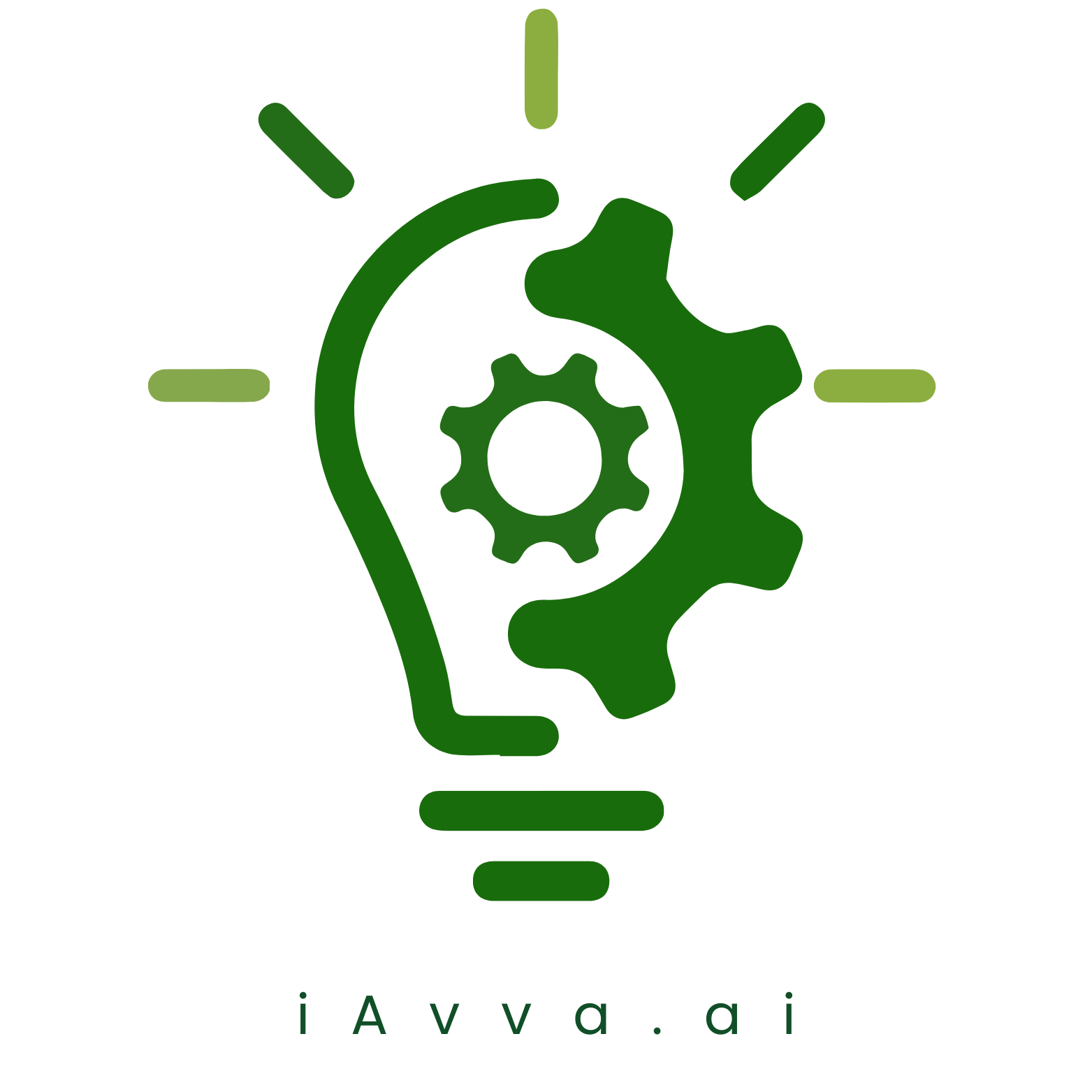
Leave a Reply